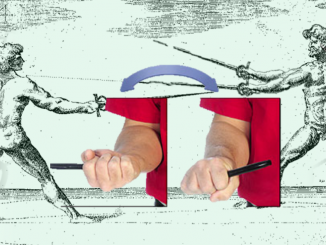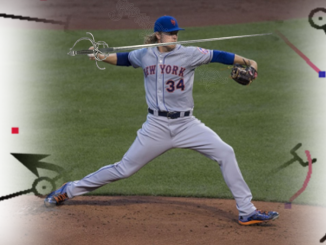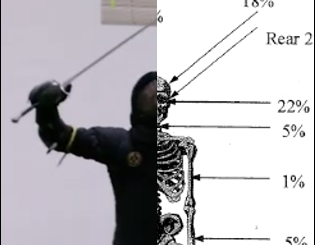
Turns Out Lichty Glosses Are Oddly Specific About Edges
You won’t bat an eye when a source tells you to hit but doesn’t mention the specific edge. Turns out in RDL that’s less common than I thought.

You won’t bat an eye when a source tells you to hit but doesn’t mention the specific edge. Turns out in RDL that’s less common than I thought.

Everyone who fences has an understanding about how ‘good’ each guard is. Bucks now puts that to a quantitative test.

I don’t like remembering arbitrary sequences. And on the surface the 16-cut pattern that forms the Meyer’s Square is the exact type of arbitrary sequence that I hate. But is it really?

In Part1 we discussed what flinging is, why n00bs fling, and why flinging is a poor tactic. But how can we not fling? Before we can start, we need to understand motor redundancy.

In Salvator Fabris’ 1606 treatise on rapier, he dedicates an entire chapter on the subject of flinging the sword and in-depth discussion of why this is bad. But what is flinging? And why is it poor form?

Comparing the archaeological injury patterns from Matzke’s 2011 “Armed and Educated” to statistics from modern HEMA tournaments.

I was cleaning up my computer and I found yet more data that I had tabulated for my own interest. And then I remembered that time I threw some random data I found into an article and it became one of my most viewed posts.
Copyright © 2025 | WordPress Theme by MH Themes